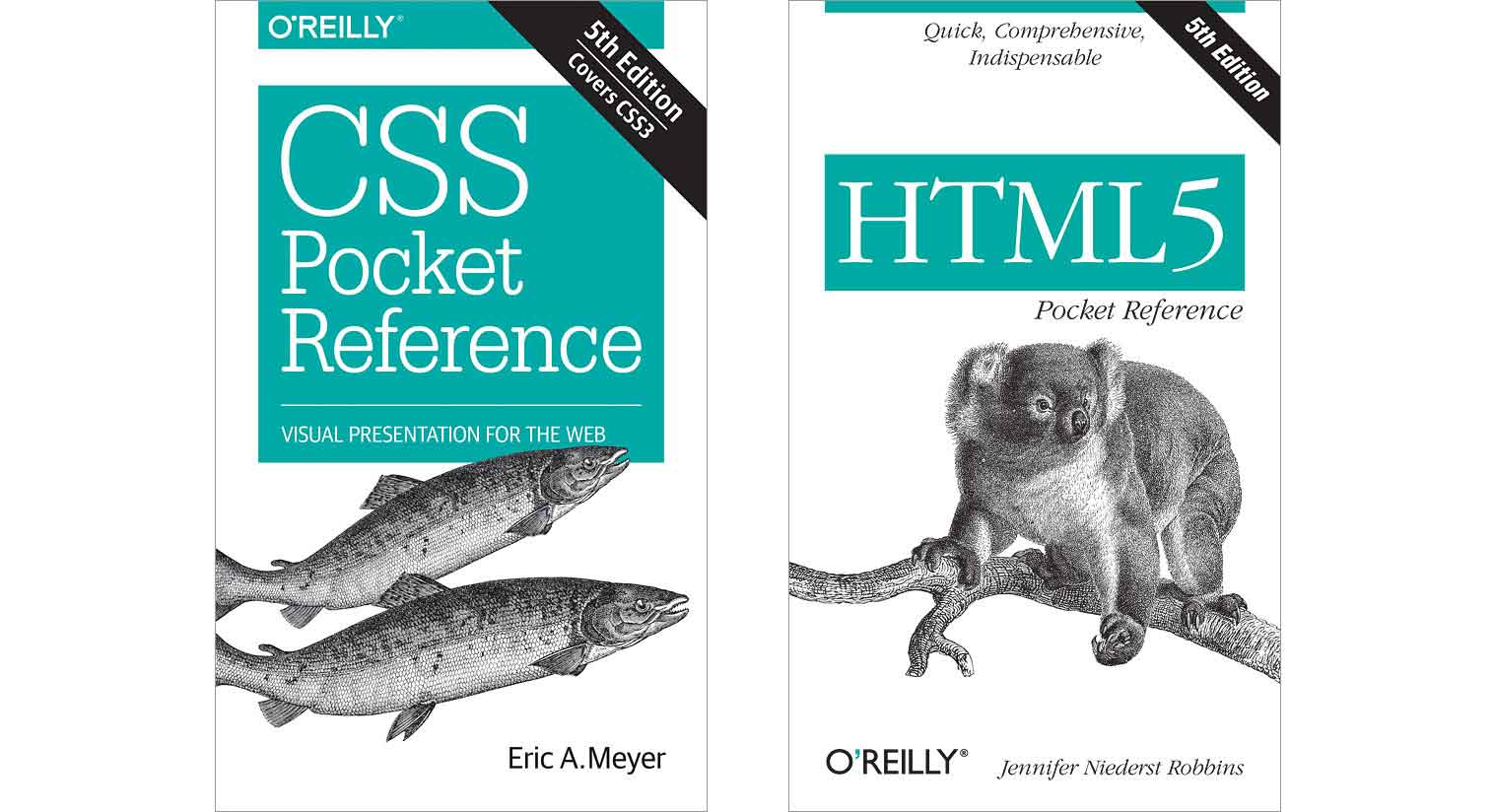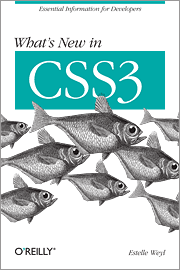Cascading Style Sheets can turn humdrum websites into highly-functional, professional-looking destinations, but many designers merely treat CSS as window-dressing to spruce up their site's appearance. You can tap into the - Selection from CSS: The Missing Manual, 2nd Edition Book. So says David Sawyer McFarland, the bestselling author of the latest release in O'Reilly's Missing Manuals series-CSS: The Missing Manual (O'Reilly, US $34.99). In the new book, McFarland, a master designer and power user, shows readers how to create stylishly enticing Web pages. Answer (1 of 9): To get your feet wet, is a great place to both learn and have example code there on the page, which you can edit. Enroll My Course: Next Level CSS Animation and Hover Effectshttps://www.udemy.com/course/css-hover-animation-effects-from-beginners-to-expert/?referralCode=. CSS: The Definitive Guide, 3rd Edition, provides you with a comprehensive guide to CSS implementation, along with a thorough review of all aspects of CSS 2.1.Updated to cover Internet Explorer 7, Microsoft's vastly improved browser, this new edition includes content on positioning, lists and generated content, table layout, user interface, paged media, and more.
- O'reilly Css For Designers (complete) Tutorials Step By Step
- O'reilly Css For Designers (complete) Tutorials Free
- O'reilly Css For Designers (complete) Tutorials Video
- Oreilly Css For Designers (complete) Tutorials Online
Description
Chances are if you're a web developer, you're going to have to write some CSS from time to time. When you first looked at CSS, it probably seemed like a breeze. You added a border here, changed some colors there. JavaScript was the hard part of frontend development. Somewhere during your progression as a frontend developer, this changed, even as many developers in the frontend community simply dismiss CSS as a toy language. The truth is that many of us don't actually understand what our CSS is doing under the hood. Discobrick pro 2 16.
We all like to make jokes about it, but how many of us have actually taken the time to try and understand the CSS we're writing. How many of us have actually reasonably debugged an issue to the next lowest abstraction layer when we hit a wall? All too often, we settle for the first Stack Overflow answer or hack or just let the issue go entirely.
Take a step back and stop mindlessly throwing darts at the dartboard. Join Aimee Knight for a deep dive into browser internals to learn how your styles are parsed and rendered and explore the most common issues developers face, such as z-index, the cascade, and positioning. Sure, you may still not have an eye for design, but you might just walk away a CSS guru.
In this article you will learn- Design Master Page Layout using CSS HTML Template in MVC 5.
Are you looking for a way to design MVC application with your favorite CSS Theme? There are thousands of stunning and responsive themes are available for free or paid license. So, you don't need to always design your own theme to work with. You can download or buy those themes and customize in your MVC Project. In this article, I will show you step by step guideline with picture for adding external CSS and template in your MVC project. I am using here MVC 5 for designing Master Page with CSS Template. But it doesn't matter what version of MVC you are using. The processes are almost same.
So you need a CSS Template to work with. I have downloaded a free CSS theme and customize them in MVC. Download this simple CSS HTML theme and learn how to design MVC project using this template.
Download this CSS HTML Template for Demo Project
Download ThemeStep 1. Start a New Empty MVC 5 Project. Go to File New Project. Select Web in Left side and then Select ASP.NET Web Application as your project. Give the name of your project MVC_Design and click OK.
Right click on Project Name MVC_Design Add New Folder. Give folder name 'Content' and click OK.
Home – It keeps all your website pages like Index, Service, About, Contact, Company etc.
Shared – This folder keeps Layout page, Master page, Shared section like header, footer, sidebar, menu etc.
Right click on Shared folder Add View.
Till now, you have added all the necessary files and folders in your project. Your solution explorer should look like this.
Coding
It's time to break you index page code into several partial pages. For example, Header, footer and sidebar are the common in all the pages. So I will break the index page into several necessary partial pages. How, see these steps.


Now return back to _Layout.cshtml and add this code at the place of TopMenu.
@Html.Partial('_TopMenu')Now your _Layout.cshtml page will looks like this.
@RenderSection('metatags', false) – It allows you to add meta tag for pages.@RenderBody() – It allows you to add separate content for each pages.Congratulations! You have created Master Page Layout Successfully. Now, it's time to add pages for your website.
@ViewBag.TitleO'reilly Css For Designers (complete) Tutorials Step By Step
– This code allows adding separate title for each page._Sidebar.csthml – Correct all the images path by adding ~/Content/ prefix in the path.
Example
images/templatemo_image_01.jpg
to
~/Content/images/templatemo_image_01.jpg
O'reilly Css For Designers (complete) Tutorials Free
O'reilly Css For Designers (complete) Tutorials Video
That's It. You have designed your Master Web Pages in MVC 5 with External CSS HTML Template. Now, debug your program and enjoy Output. You will see that website has regular look for all the pages. The header, footer, and sidebar are same for all the pages but content area is different.
If you face any problem creating Master Page Layout in MVC feel free to ask your query in Comment.
If this article is helpful for you to Please like our Facebook Page.
